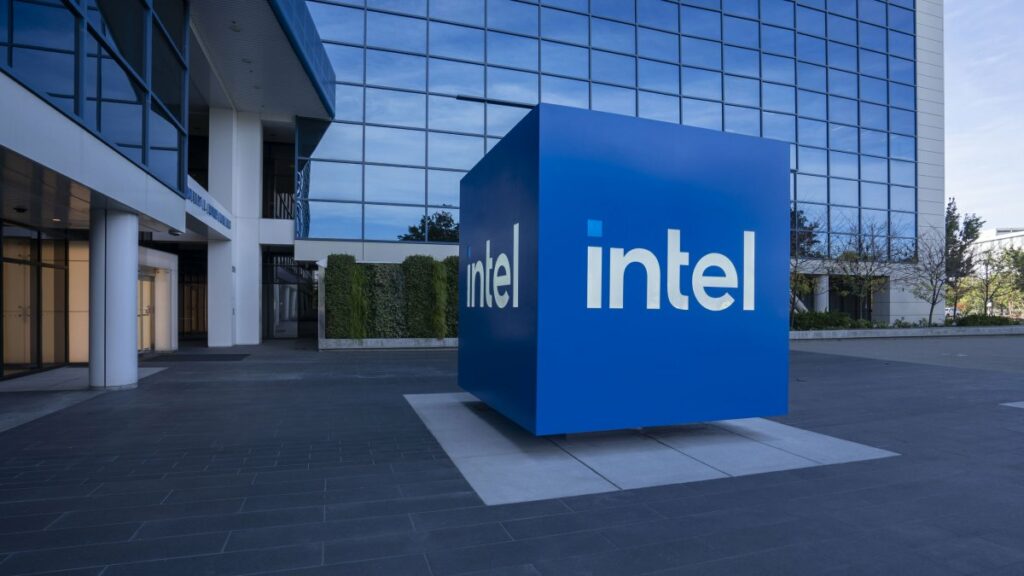Fresh off of its worst year since going public in 1971, Intel is announcing new chips at CES 2025 that it hopes will turn its fortunes around.
The product announcement is Intel’s largest since the company’s board of directors forced out CEO Pat Gelsinger. That’s not the only reason stakes are high. Intel’s 13th- and 14th-generation Core CPUs suffered from overheating issues that took nearly a year to resolve. Needless to say, Intel has a lot to prove.
The latest processors in the company’s Core portfolio range from the Core 3 for lighter tasks to the beefier Core Ultra 200H, a part of Intel’s new Core Ultra Series 2 lineup.
Here’s the full list of new chips announced on Monday (note that Intel revealed a few of these late last year):
- Core Ultra 200V series processors (formerly code-named Lunar Lake)
- Core Ultra 200H series processors (formerly code-named Arrow Lake H)
- Core Ultra 200HX series processors (formerly code-named Arrow Lake HX)
- Core Ultra 200S series processors (formerly code-named Arrow Lake S)
- Core Ultra 200U series processors (formerly code-named Arrow Lake U)
- Core 200S series processors (formerly code-named Bartlett Lake S)
- Core 200H series processors (formerly code-named Raptor Lake H Refresh)
- Core 100U series processors (formerly code-named Raptor Lake U Refresh)
- Core 3 processor and Intel Processor (formerly code-named Twin Lake)
Each of Intel’s new Core Ultra processors is available at low power (35 watts), standard power (65 watts), and high power (125 watts), with 14 to 24 cores. Some come with extras like Intel’s newest Wi-Fi technology, Intel Wi-Fi 7, and memory on the package.
As with other recent generations of Intel chips, the new lineups have different types of cores that make up the chip package. Some are “P-cores,” which are focused on performance, while others are “E-cores,” architected for efficiency. A third category of cores, “low-power E-cores,” are even more power-efficient than the standard E-cores.

Intel claims that its newest generation of P-cores have been re-engineered with AI-based power management and other optimizations, while its new E-cores are its “most efficient” yet. “Next-gen low-power E-cores optimized for tasks requiring less power, along with new power, thermal, and acoustic features, help create powerhouse thin and light systems,” wrote the company in a release.
The Core Ultra 200H chips get Intel’s flagship built-in graphics in certain configurations: Intel Arc with XMX. The Core Ultra 200S, Core Ultra 200U, Core 200S, and Core 100U have the company’s less powerful Intel Graphics brand of GPUs. But the Core Ultra 200S and Core Ultra 200U, along with the Core Ultra 200H, ship with Intel’s AI accelerator tech, AI Boost, under-hood.
Certain processors, like those in the Core Ultra 200HX, Core Ultra 200H, Core Ultra 200U, and Core Ultra 200V series, sport Intel’s neural processing unit (NPU), a dedicated chip for running AI applications and features like those that ship in Windows 11. Intel claims that the new NPU packed into Core Ultra 200V has 2x the bandwidth compared to the previous version.
Intel is pitching its Core Ultra 200V, HX, H, U, and S chips as best for “commercial” applications. By comparison, the Core Ultra 200S series should deliver “desktop performance.” The Ultra 200HX is aimed at “enthusiast notebooks,” according to Intel, while the Ultra 200H is designed for devices with “thin and light” form factors.

An important differentiator for the Core Ultra 200V — which also has Intel Arc graphics — is the inclusion of Intel’s vPro enterprise-focused ecosystem. That spans hardware-based threat detection tech, apps optimized for the chip, and stability and validation programs.
The Core Ultra 200V can also be configured by manufacturers to support Pluton, Microsoft’s hardware-based security co-processor, Intel said. Pluton acts as a hardware root-of-trust, which in simple terms protects a device’s hardware from tampering.
In a press release, Intel called out the improved performance of a few Core Ultra processor SKUs. The company claimed that the Core Ultra 285 — which will retail as the Core Ultra 9 processor 285 — has 2.9x better graphics performance than the chip it replaces, the Core i9 processor 14900. The Core Ultra 285H, retailing as the Core Ultra 9 processor 285H, meanwhile, can run Meta’s text-generating Llama 3 8B AI model 3.3x faster than the Core Ultra 9 processor 185H, per Intel’s benchmark results.
PCs with Core Ultra 200V, HX, H, U, and S chips will be available starting later this month. Systems with Core Ultra 200H processors will arrive in early Q1 of this year, with Ultra 200HX-based systems to follow in late Q1.


